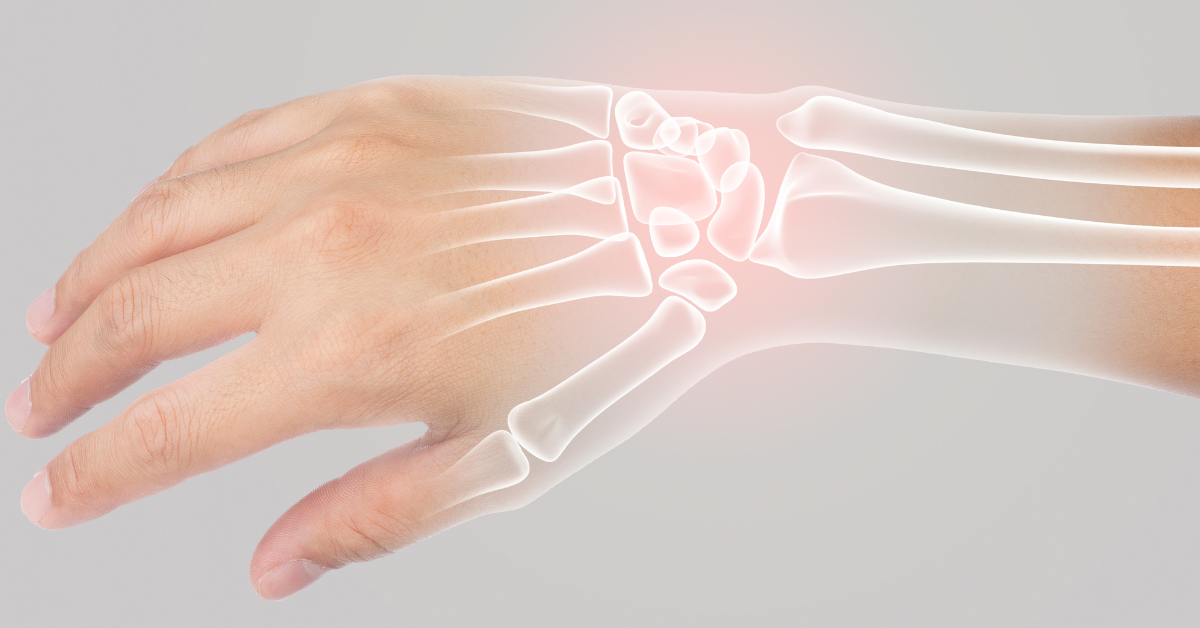- Free Case Evaluation: (305) 577-3777 Tap Here to Call Us
WRIST INJURY FROM CAR ACCIDENT

Jeff Davis Law recently concluded an injury claim involving a motor vehicle accident where our client sustained a complicated wrist injury due to a car crash.
The bones of the wrist are extremely small compared to the rest of the bones in our body. There are 8 bones in the wrist frequently known as carpal bones. The bones of the wrist are broken into two rows; the proximal row and the distal row.
The proximal row of bones in the wrist contains the scaphoid, lunate, triquetrum, and pisiform.
The distal row of bones in the wrist contains the trapezium, the trapezoid, capitate and hamate bones.
The trapezius bone is closest to the thumb and the hamate bone is closest to the pinky finger. The bones of the forearm that meet the bones of the wrist are the radius on the thumb side and the ulna on the pinky side. The joint between the trapezium and the thumb is known as the carpometacarpal joint.
The two wrist bones that are subject to fractures that are often not painful enough to seek attention immediately after injury are the scaphoid, also known as the carpal navicular and the hamate. The scaphoid bone has a limited number of blood vessels that enter this bone and give it a less robust healing ability. Many times, after a motor vehicle accident where the injured person has his/her hand on the steering wheel, a sudden stop or crash may cause the wrist bones to compress and create small fractures. This can feel like a sprain or strain, and oftentimes not be painful enough to get a person to go to an emergency room.
80% of the scaphoid bone consists of cartilage leaving limited space for entrance of the supplying arteries. Thus, a small fracture or interruption in the cartilaginous surface of the bone can result in a portion of the bone dying – this is known as osteonecrosis. Unfortunately, there are no reliable clinical tests to confirm or rule out the diagnosis of scaphoid fracture.
Scaphoid fractures are often missed with the use of conventional radiographs alone (X-rays). 30% of scaphoid fractures are missed on X-ray.
A gold standard with positive predictive value of 100% for scaphoid fractures does not currently exist. There are various fracture classifications, one is the Herbert classification, which pertains to the stability of fractures; two is the Mayo Classification which gives various percentages based on location of bones in the wrist (proximal 10%, middle 70%, distal 20%) and, the Russe classification which predicts the tendency of the fracture to heal. Under the Russe classification, a vertical oblique fracture is deemed unstable and a horizontal oblique or transverse fracture is deemed more stable.
Non-unions and pseudoarthrosis are terms used to describe a bone that has not healed; however, they often remain asymptomatic.
Long standing scaphoid, non-union or scaphoid, lunate ligament injuries can lead to carpal collapse. The acronym S.L.A.C. used in the wrist indicates a scaphoid lunate advanced collapse. The acronym S.N.A.C. when describing a wrist injury is a scaphoid non-union advanced collapse. Non-Union of the scaphoid proximal pole fractures present a challenging management dilemma to hand surgeons. There are various surgeries that are utilized for these injuries; most are motion sacrificing salvage procedures. Scaphoid fractures have one of the highest rates of non-union of all fractures in the wrist.
In our case, a 40-year-old man suffered a scaphoid fracture which went on to develop a pseudoarthrosis or non-union. Various techniques were utilized including immobilization, physical therapy, internal fixation and bracing, however, all failed and led to the ultimate need for a motion sacrificing salvage procedure called a proximal row carpectomy. Because this was our client’s dominant wrist, many of the day-to-day activities such as driving, activities of daily living, typing and exercise were all either limited or entirely prevented. As a result of this very serious injury, we filed a lawsuit and were able to achieve a significant settlement the week before trial. The defense took the position that it was the client’s own fault for delaying treatment. As discussed earlier, these injuries often go undiagnosed and, accordingly he believed he was dealing with the sprain for approximately 2 months before seeking orthopedic care. Unfortunately, all repair attempts failed, and he is facing what will essentially be a fusion of his wrist.
An attorney must have a comprehensive and in-depth understanding of the anatomy in order to properly represent an injury victim. At Jeff Davis Law, we work with specialists in all fields in order to develop the in-depth knowledge necessary to fully understand, and more importantly explain, our client’s injuries and their effects.









